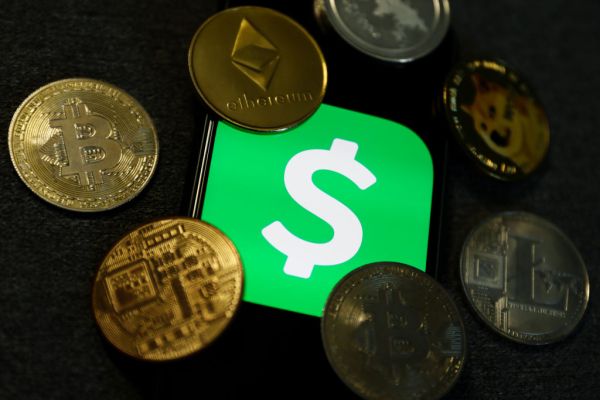Apple’s recent move to boost the interest rate for its Apple Card Savings Account to 4.5% is now prompting a competitor to do the same. Cash App today announced it will now offer “up to” a 4.5% APY (annual percentage yield) for its Cash App Savings customers, with a few caveats. While Apple’s Savings account requires that customers qualify for an Apple Card credit card, Cash App will limit its high percentage rate to its cardholders in a different way.
The company says that customers will have to direct deposit $300 or more per month in paychecks to increase their rate to 4.5%. This could be more challenging for those who bank elsewhere but use Cash App for peer-to-peer payments or business purchases. But for those new to Cash App, it could prove an incentive to use the app as their main account going forward. (Without direct deposit, Cash App’s rate is a less remarkable 1.5%).
To earn the 4.5% rate, customers must also have a Cash App Card, be using a personal (not business) account, and be at least 18 years old.

Image Credits: Cash App
To be competitive with other banks, Cash App offers other perks. For example, customers have overdraft coverage of up to $50 on their Cash App Card purchases, free ATM withdrawals in-network and one free withdrawal per month at any ATM, plus access to call customer support from within the app, the company says.
The news is another example of not only how Apple’s entry into the savings market is forcing others to raise rates to compete, but also how consumers are benefiting from the Federal Reserve’s push to fight inflation. Banks take their cues from the federal funds rate, which has also been raised.
At launch, the Apple Savings Account arrived with a high APY of 4.15% but Apple upped it to 4.5% last month. At the time, Apple’s rate was nearly 10x higher than the national average.
Other fintechs have followed Apple’s lead to attract customers. Another digital banking service, Step, raised its rate to 5% following Apple’s entry into the market, for instance.
